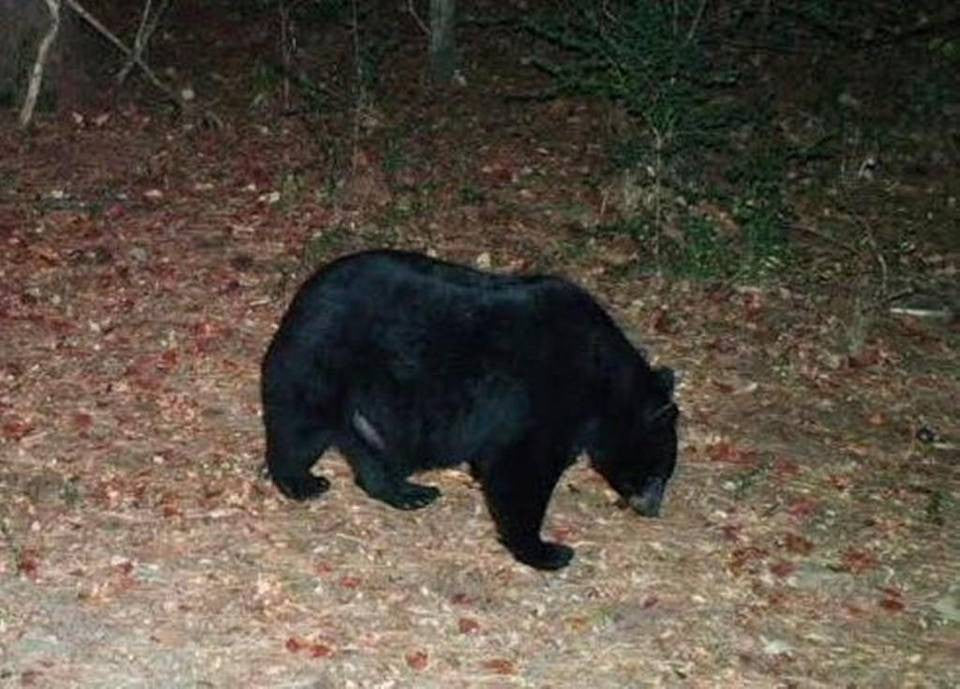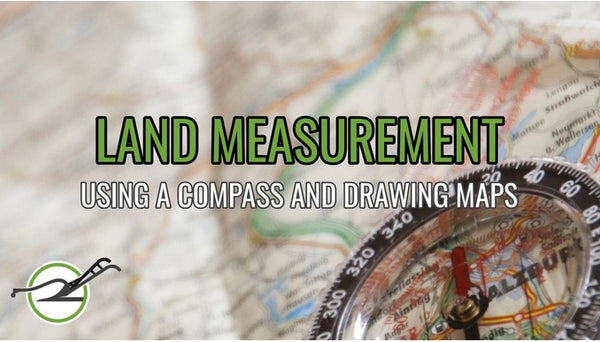Ag Ed lesson: Wildlife Management and Counting Black Bears

A recent study by the University of Georgia and the Georgia Dept. of Natural Resources discovered that the previous estimate for the Central Georgia black bear population was not around 240 as they thought, but over 450 for the area.
Student question: Big deal, I'm not from Georgia. How does this impact me?
Hunting regulations and yearly bag limits are based on estimated populations. With nearly twice as many black bears in that 278,000 acre area the annual one-day hunt can allow more hunters and potentially more harvests of black bears to maintain the population and balance in the ecosystem. This goes for all game species in every state. If the estimated population numbers are in accurate, then the state natural resources department can not properly manage the game species.
Student questions: How were they that far off?
It's all about data collection and analysis. Just like in forestry where we estimate the amount of timber in a stand based on plot samples because it's too hard to count every tree, it's virtually impossible to count every black bear in a 278,000 acre preserve. So on estimate based on sample data is used in an equation also based on sample data. Their first equation 5 years ago was wrong. How do they know? They continued to take samples to further validate or disprove the equation. I suspect their population estimate was not supported by what they saw when they were at the preserve or what wildlife rangers saw when they patrolled the preserve. So they had to adjust the equation to better fit their sightings.
Teacher questions: How does that impact my class?
Agriscience - Data sampling is a common topic of a basic agriscience class. This article can provide a real world example on how even research professors can get it wrong on the first try. It will help emphasize how you sample, when you sample, and what you sample to determine your result.
Wildlife Management - As mentioned earlier, this article will help emphasize how population estimates are used in determining bag limits for a species. Carrying capacity for an ecosystem, different wildlife sampling methods, and seasonal animal behavior are all great topics that this article covers.
Class Activity: How well can your students sample?
Have your class take a quick sample. Use shirt color or shoe type as the population to sample. These two are easy because they can be sampled without any effort from the population. Sampling phones or other items can require more effort and can involve interacting with the population being sampled and this should be avoided. You'll see why momentarily.
Take the sample on the board of shirt color or shoe type. List each by the amount tallied and percentage of the class having that item. Does this class sample represent the entire school? Now have your class sample students either in other classes or at lunch or break. Here's where shoes and shirts are critical. They can sample either of these items without involving the population. Have your students bring in their data for the next class. When you total all of the data taken by the students how do the totals and percentages compare to the sample from the previous class day? Which do they believe more accurately represent the school population. Is there any bias? For example, was shirt color sampled on a game day? Was there a large number of school colored shirts sampled? Was it an abnormally hot or super cold day? Were the foot wear skewed towards hot weather or cold weather? Is there a better way to get an accurate sample with less bias? Can your class come up with a better item to sample at school with less chance for bias?
We hope you enjoyed this post.
Please ask questions or let us know how you used this idea for your class. I would really like your perspective. Come find us on Facebook, Pinterest, and Twitter and now Snapchat (oltaged). You can also contact me at brian@onelessthing.net.
Remember, We sell stuff too! Come see us at www.OneLessThing.net
Link to the Black Bear Article



